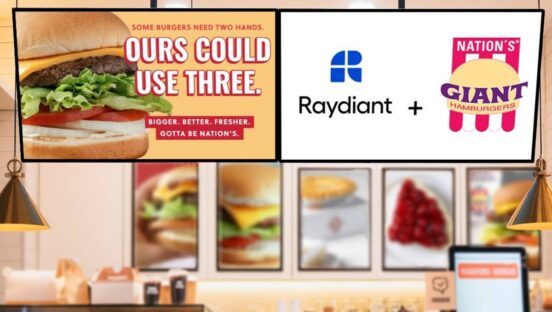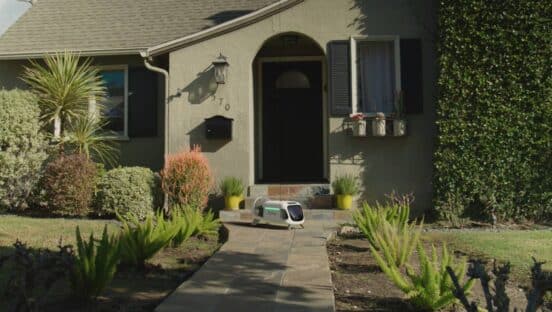Success in the quick-service restaurant industry is traditionally about understanding what customers want and delivering it to them with minimal friction.
To achieve this, brands have typically powered single or multi-channel comms, like email and SMS, with basic customer relationship management (CRM) software that afforded them minimal personalization.
But this is no longer good enough.
Why? Because customers don’t want to be managed anymore, they want to be delighted. To do this, quick-serves need to understand that CRM is simply part of the broader customer experience management picture—alone, it’s not enough, but it’s still an essential piece of the puzzle.
Experience has become much more important. Increasingly stringent global data protection laws, combined with the pandemic, has meant it’s harder than ever to communicate with your customers, but conversely also more critical than ever to do so. Modern CRM is not CRM as you know it, but rather a combination of structured and unstructured data sources. Pulled together, they enable brands to create amazing experiences that customers fall over themselves to enjoy, spending money via the channels you dictate.
Creating a delightful customer experience
Creative approaches to customer outreach require a deeper understanding of the customer than just their name and email address. Incorporating location, transactional and online data (among other types) enables businesses to dictate customer behavior—bringing surprise and delight to their interactions. For instance, Burger King cleverly took on their main rival McDonalds back in 2018 with a headline-grabbing experience. Customers could order Burger King’s signature Whopper burger in the company’s app for just one cent—provided that they ordered it from a McDonald’s parking lot. Likewise, they recently pushed inactive app customers back into their mobile platform with a $2 snack box offer. They know many customers can’t/won’t eat on premise, so they encourage a new type of behavior, and they dictate the channel.
Subtler but no less effective, U.K.-based Starbucks competitor Costa Coffee uses CRM software along with a keen understanding of each customer to streamline the purchasing process and create personalized experiences. Within the app, customers can order a coffee and pick it up in-store, bypassing the line and limiting their potential exposure to coronavirus. Costa also uses its app to reach out to customers to gently encourage them to change their patterns, such as offering personal discounts for coffee in the morning to customers who ordinarily only pick up a coffee at lunch.
Avoiding data fragmentation
So how do you create experiences like Burger King? The largest obstacle facing many businesses is data fragmentation. This might be caused by an abundance of extraneous data or data spread across multiple silos. These causes, individually and in concert, make it significantly more challenging to use data to shape customer experiences. If you want to grow up as a brand, then you need to tackle this head-on.
Businesses must put a robust data supply chain in place to collect, standardize, transform, integrate, and activate data by adopting proper tools and procedures. This process involves a reimagining of the tech stack behind a quick-service brand’s marketing efforts, including tools that can take multiple sources of structured and unstructured customer data, transforming them into a single customer view. Consider that this will require you to do more than just invest in a flashy new customer data platform—it may require you to undergo a significant organizational shift as you go through a process of digital transformation. It will be a top-down exercise requiring senior buy-in.
The future of CRM
The titans of the industry have been particularly keen to demonstrate their loyalty to customers by providing headline-grabbing customer experiences—but there’s no reason that smaller businesses can’t adopt the same winning tactics. In fact, in many ways, it’s more natural for SMEs to take a modern approach to CRM since they typically have very close relationships with their customer—something larger chains can only dream of.
Today, your CRM software is simply part of the data puzzle and one source of truth in the quest to delight. In a world of rapidly developing consumer preferences and external factors such as the pandemic, businesses can’t afford to be left behind by relying on old-fashioned technology. Those quick-service restaurants that effectively go through digital transformation will have all the information and agility they need to succeed in a challenging market.
In a competitive industry like this one, companies will pounce on any opportunity for differentiation, so it’s no surprise that there’s an ongoing arms race to provide customers with unique and exciting branded experiences at every possible opportunity. Now’s the time to put the cart before the horse and make your customers buy what you want them to, when you want them to buy it.
Chief Growth Officer at Paragon DCX, Lorenzo Vasini has over 20 years’ experience building and growing successful digital agencies and start-ups, and leading large enterprises through complex digital transformation programs. He specializes in strategic leadership, digital business strategy and transformation.












